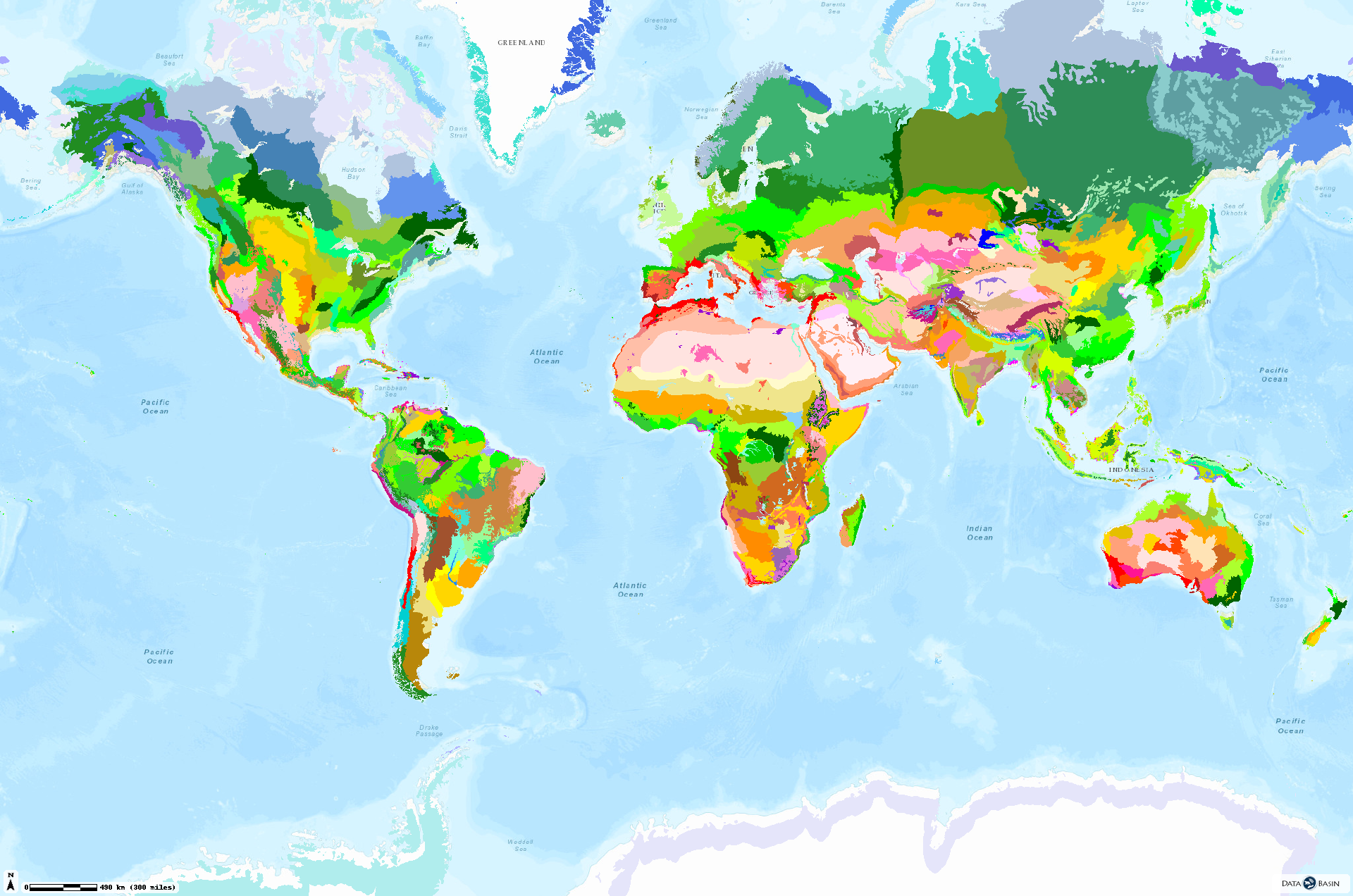
Priapus 🔎
Minotaur 🔎
Niobe's 🔎
Troilus 🔎
Ogyrides 🔎
Timonius 🔎
Alethaxius 🔎
Titanethes 🔎
Oedipina 🔎
Medusa 🔎
Iache 🔎
Serapis 🔎
Hermesia 🔎
Pandora 🔎
Zecillenus 🔎
Minotauria 🔎
Apochima 🔎
Hestia 🔎
Oedipodium 🔎
Hela 🔎
Aragoa 🔎
Pavlenkos 🔎
Popeia 🔎
Hyperxena 🔎
Leoheo 🔎

Local Time
Ecosystem Biomes
Ecosystems can be broadly categorized into various types based on their characteristics and the organisms they support. Here are some common types of ecosystems:
Terrestrial Biomes
Tundra Taiga Montane Grasslands and Shrublands Alpine Tundra Coniferous Forests Broadleaf and Mixed Forests Deciduous Forests Grasslands Savannas Shrublands Tropical Forest Rainforest Seasonal Forest Tropical Coniferous Forests Moist Broadleaf Forests Dry Broadleaf Forests Tropical Grasslands, Savannas, and Shrublands Mediterranean Forests, Woodlands, and Scrub Deserts and Xeric Shrublands Steppe Flooded Grasslands and Savannas Riparian Wetland MangroveAquatic Biomes
Pond Littoral Intertidal Mangroves Kelp Forests Coral Reefs Neritic Zone Pelagic Zone Benthic Zone Hydrothermal Vents Cold Seeps Demersal ZoneOther Biomes
Endolithic ZoneBiogeographic Realms
Afrotropical Antarctic Australasian Holarctic Nearctic Palearctic Indomalayan Neotropical Oceanian Antarctic / Southern Ocean Arctic Central Indo-Pacific Eastern Indo-Pacific Temperate Australasia Temperate Northern Atlantic Temperate Northern Pacific Temperate South America Temperate Southern Africa Tropical Atlantic Tropical Eastern Pacific Western Indo-Pacific ocean river lake pond stream swamp marsh
Registan-North Pakistan Sandy Desert Simpson Desert Siberian Steppe South Saharan Steppe and Woodlands Middle Arctic Tundra / Antarctic Desert Arabian Desert / Amsterdam Grassland Desert Tundra Tundra / Taiga Taiga Maputaland-Pondoland Bush and Thickets Montane Forests Cordillera Central Paramo Alpine Shrub Afghan Semi-Desert Parana Flooded Savanna Cuban / Enriquillo Wetlands / Guayaquil Arctic Foothills Tundra Arctic Tundra / Saharan Flooded Grassland Canadian Shield Taiga / Orinoco Delta Low Tundra / Montane Birch / Andean Puna Coastal Tundra / Flooded Savanna Cuban Pine / Pantanos / Valdivian Forest Sundarbans Swamp / Zambezi Savannah Belizian Pine Forests NE Siberian Taiga / New England-Acadian Forest Coastal / Lowland / Alpine Forests
Ecosystem Species
Various species inhabit these ecosystems, each playing a unique role in maintaining the ecological balance.